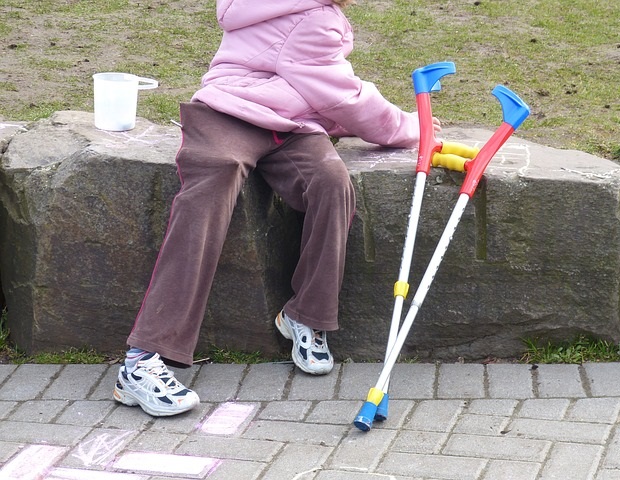Affordable and stable housing is critical to improving health across a person’s lifespan. People with disabilities, including autism, comprise a significant share of people in need of housing assistance. However, the intersection of housing and health among individuals with autism is largely unknown because data on public housing and public health are not connected. Researchers from Drexel University’s A.J. Drexel Autism Institute examined how many autistic people in the United States received housing support from the Department of Housing and Urban Development (HUD) to explore their experiences and health outcomes.
“The prevalence of autism is increasing in the midst of a growing national housing crisis,” said Lindsay Shea, DrPH, director of the Policy and Analytics Center in the A.J. Drexel Autism Institute and lead author of the study.
While autism and housing have been examined separately as public health concerns, it is vital that we look into how both of these impact individuals’ experiences and health outcomes.”
Lindsay Shea, Director, Policy and Analytics Center, A.J. Drexel Autism Institute
In a study recently published in the scientific journal PLOS One, the Drexel research team found that the number of autistic people receiving housing support grew significantly between 2008 and 2016. Most lived in urban areas. The number of autistic individuals on Medicaid who enrolled in HUD’s housing assistance programs increased by 70% between 2008 and 2016 – from nearly 53,000 individuals, to over 88,000. In 2016, among the 846,350 autistic Medicaid enrollees, 10.4% (88,315) were HUD-assisted. Among these, 65% resided in extremely low-income households, according to HUD data.
Additionally, the research team found that HUD-assisted autistic people, by comparison to those not receiving HUD assistance, were more likely to be Black/African American and less likely to have private insurance. Approximately 2,600 autistic people (3%) were homeless when enrolling in HUD assistance.
This finding provides some of the first information known to researchers about homelessness rates among autistic people in the United States.
Researchers reviewed data from Medicaid coverage of autistic people enrolled between 2008 and 2016. They examined information on autistic people from birth through age 61 and linked it to national HUD data. This allowed them to identify disability (autism), the race and ethnicity, insurance coverage, geographic location, and health conditions of those receiving housing services.
“When these datasets are looked at together, they tell a more comprehensive story about autistic people’s experiences, highlighting the impact housing can have on health outcomes,” said Shea. “Especially as housing affordability and instability remain national policy concerns.”
Shea explained that linking Medicaid with HUD data helped them identify autistic people who are using HUD assistance. When using HUD data by itself, they are only able to see how people with disabilities, in general, use HUD assistance.
The research team also found that the number of HUD-assisted autistic individuals is increasing, and the frequency of extremely low-income families within this group, underscores growing financial hardship within this population.
“Upstream interventions to address social determinants and basic needs of autistic people who live in low-income households could help alleviate downstream housing instability and associated health concerns,” said Shea.
Shea and the research team recommend several interventions that can identify autistic individuals at risk for homelessness and reduce that risk:
- Develop thorough support models and programs that connect housing, health care, financial support, transportation, and employment services for autistic people.
- Improve identification and outreach to increase HUD enrollment among autistic adults who need housing support.
- Create early intervention tools and increase emergency housing options to prevent homelessness and housing instability among autistic people.
- Document systemic disparities and use findings to guide equitable policy design.
- Address racial disparities by improving service access and reducing environmental and social stressors for Black autistic people and others from historically marginalized groups.
- Enhance services and support in urban settings and ensure rural communities have equal access to housing and public health services.
- Expand support for the Housing Choice Voucher program and provide resources to help autistic individuals navigate the complicated housing market.
- Increase access to disability-focused programs like Section 811 and ensure long-term housing stability for autistic people.
- Ensure timely and appropriate access to linked HUD-Medicaid and other data sources about communities to improve research and guide policies.
- Establish systems to continuously look at autism prevalence across the lifespan and family structures and adapt housing programs according to the needs of this population.
Shea, L., et al. (2024) Colliding public health priorities: A call to improve the understanding of autistic individuals utilizing housing assistance. PLoS ONE. doi.org/10.1371/journal.pone.0315008.
Source link : News-Medica

